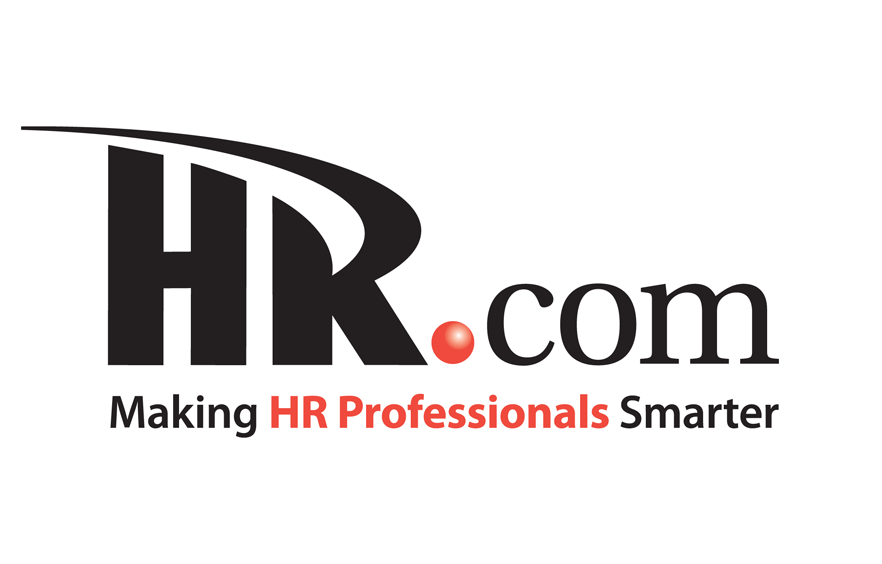The pervasive impact of the mental health crisis on organizations is undeniable, necessitating a strategic and empathetic response from employers. In 2022, mental health issues emerged as the primary driver behind a surge in employee-related events and concerns. This alarming trend signals a critical need for investments in training and resources for employee relations to foster a supportive environment for employees facing mental health challenges.
Factors Contributing to the Crisis
While the aftermath of the pandemic undoubtedly plays a role in the current mental health landscape, other dynamics such as the return to work, heightened job insecurity due to layoffs or Reductions in Force (RIFs), performance pressures, and broader economic challenges are also significant contributors. The multifaceted nature of these stressors underscores the complexity of the issue, demanding a nuanced and comprehensive approach to address the mental health crisis in the workplace.
The Need for Greater Investments
Addressing the mental health crisis among employees requires a multifaceted strategy, involving increased investments in investigation aftercare, additional training for employee relations professionals, and potentially expanding employee relations resources. Organizations must recognize that the mental well-being of their workforce is integral to overall productivity and employee satisfaction. In this context, strategies to support employee mental health over the holidays can serve as a microcosm of broader initiatives that can be implemented year-round.
Strategies for Employee Support
Cultivate a Supportive Culture and Encourage Work/Life Balance
Organizations must foster a culture that prioritizes mental health and well-being at all levels. This involves ensuring manageable workloads, promoting a healthy work/life balance, and encouraging employees to take breaks and use their vacation time. Clear guidelines on when employees need to be available outside of normal working hours can help set realistic expectations.
Model Healthy Behaviors and Prioritize Self-Care
Leading by example is crucial. Organizations can implement practices like first Friday off, office closure for two weeks a year, and flexible paid time off (PTO) policies to demonstrate their commitment to employee well-being.
Ensure Employees are Aware of Available Resources
Employees should be informed about the resources available to them. Employee assistance programs (EAPs) can be a valuable support system accessible to all employees. Clear communication about these resources is essential to encourage employees to seek help when needed.
Consider Flexible Work Arrangements
Implementing flexible work arrangements is a proactive step in helping employees manage their work-life balance. This might include flexible schedules, compressed workweeks, or other arrangements tailored to the needs of the workforce.
Regular Check-Ins and Open Dialogue
Regular check-ins with employees, irrespective of their role, are crucial. These discussions should encourage open dialogue about well-being, and anonymous surveys can be utilized to gather feedback on the effectiveness of mental health support initiatives. Fostering a stigma-free environment is essential, ensuring that employees feel comfortable discussing mental health concerns without fear of discrimination or judgment.
Collaboration with Unions and Labor Representatives
In sectors where unions play a role, collaboration with labor representatives is vital. Ensuring that mental health concerns are addressed in collective bargaining agreements reflects a commitment to holistic employee well-being.
The mental health crisis is an ongoing challenge that demands proactive and sustained efforts from organizations. By investing in training, resources, and supportive initiatives, employers can create environments where employees feel valued and supported in their mental health journey. Addressing the root causes of mental health issues and fostering a culture of compassion and understanding is not just an ethical imperative; it’s a strategic necessity for building resilient, high-performing organizations.
